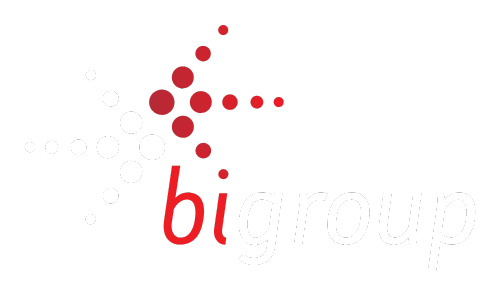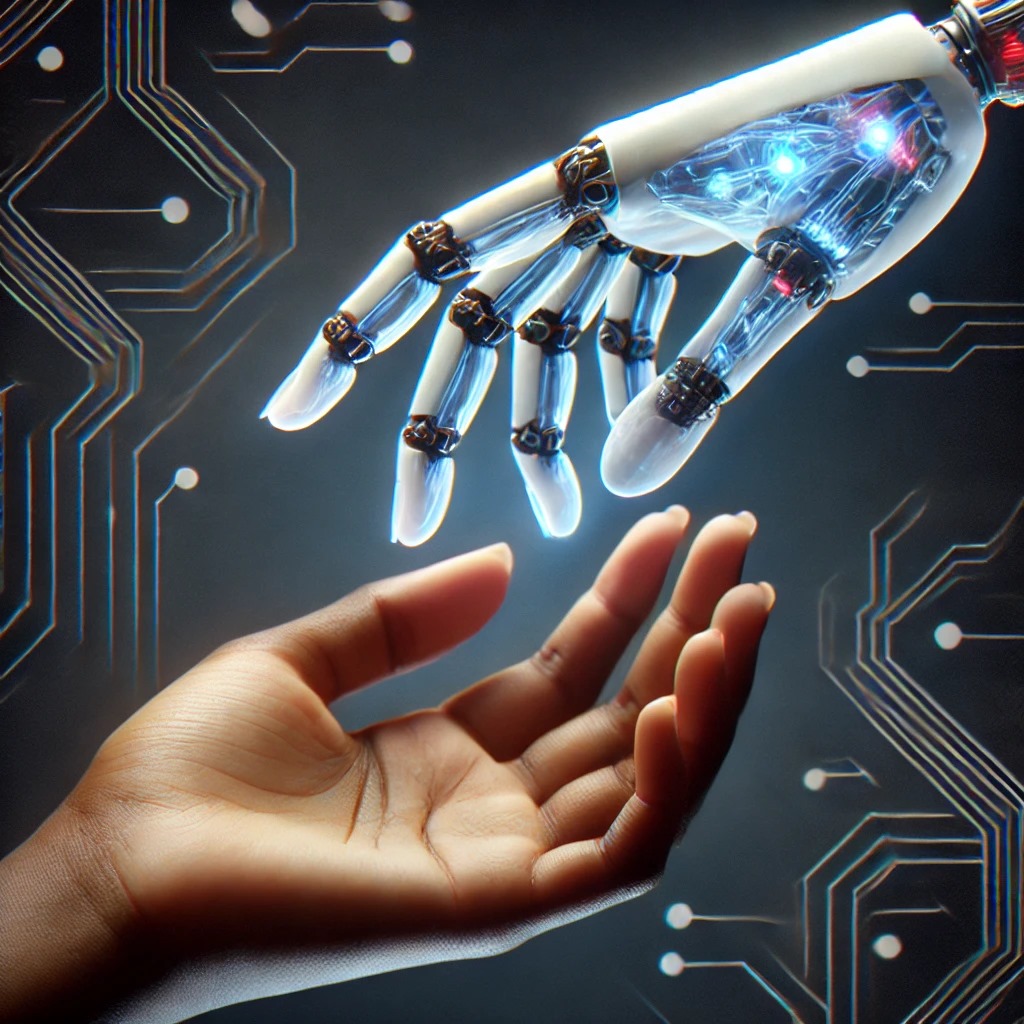In the age of Artificial Intelligence (AI), we’re witnessing rapid advancements that promise to revolutionise industries, drive efficiencies, and improve the lives of millions. But with these breakthroughs comes a heightened responsibility. AI is not infallible, and when it goes wrong, the consequences can be severe. Whether it’s in healthcare, finance, or public services, unchecked AI systems are already creating problems — some of which could have been prevented with more stringent ethical safeguards and oversight.
Take, for instance, the case of an insurance company that deployed an AI algorithm designed to automatically deny claims for sick individuals. This AI, designed to expedite claim processing, ended up making critical errors that affected people’s lives. The algorithm, which allegedly had a 90% error rate, was responsible for overriding doctors’ approvals for elderly patients’ treatments. Worse still, the insurer reportedly knew about these errors. This is not a one-off incident. AI-driven decision-making systems are making life-altering choices for people, often without transparency or accountability.
The very fact that an algorithm can make such significant, life-or-death decisions without human oversight is a glaring problem. And this is where the concept of “Human in the Loop” (HITL) becomes crucial. Human oversight is needed to ensure AI systems remain accountable, transparent, and safe.
The Need for Human in the Loop
Human involvement is a critical safeguard in AI deployment. While AI can process vast amounts of data and make decisions faster than humans, it lacks the nuanced understanding and empathy that only a human can provide. Without human intervention, AI systems can perpetuate harmful biases or make catastrophic errors, especially in high-stakes environments like healthcare, law enforcement, and finance.
Consider the catastrophic risks that AI poses when left unchecked. In the healthcare sector, for instance, AI is increasingly used to diagnose patients, prescribe medications, and even prioritise care. However, AI systems can miss nuances in patient data, misinterpret symptoms, or make recommendations that are not suitable for individual circumstances. Human oversight ensures that AI recommendations are used as tools, not replacements, for human judgment.
The Case for Safe Systems in AI
To tackle the inherent risks of AI, initiatives like the Safe Systems and Technologies programme are essential. This initiative, backed by leaders in AI governance, focuses on developing safety mechanisms and technical governance for advanced AI systems. The goal is to build consensus among chief science officers and AI producers on how to design and implement AI systems that are safe, ethical, and transparent.
This initiative promotes collaboration among AI developers to create best practices for AI deployment, ensuring that all systems are thoroughly tested, monitored, and governed in a way that minimises risks to human safety. By ensuring that every advanced AI system is designed with safety as a priority, we can avoid the potentially disastrous outcomes that arise when these systems are left to operate autonomously without proper safeguards.
AI’s Dark Side: Case Studies
As much as AI holds promise, there have been chilling examples of its misuse. In one instance, a large insurance company’s AI algorithm, designed to automatically process claims, instead became a tool of exploitation. The AI system was used to deny claims, overriding the decisions of doctors, and in some cases, potentially denying life-saving treatments to elderly patients. This incident isn’t an isolated case but rather a reflection of a larger, systemic issue: the lack of oversight in AI-powered decision-making processes.
Similarly, AI systems are now used in hiring processes, determining credit scores, and assessing job applicants. However, these systems often reinforce the biases that already exist in society, leading to discrimination. Without the involvement of humans in the loop, AI systems will continue to perpetuate inequality, making decisions based on flawed data, which in turn fuels further systemic injustices.
Why AI Needs Human Oversight
The simple truth is that AI systems, no matter how sophisticated, are not perfect. AI is driven by algorithms that can only operate within the scope of the data they are given. This data, however, can be biased, incomplete, or incorrect. For instance, an AI trained on historical data might learn to replicate past discriminatory decisions, leading to biased outcomes in hiring, law enforcement, or healthcare.
Human in the Loop provides the oversight needed to recognise when an AI decision doesn’t seem right. Humans bring context, empathy, and intuition — qualities that an algorithm simply cannot replicate. By keeping a human in the loop, we ensure that AI decisions are checked, adjusted, and implemented with ethical considerations at the forefront.
A Future Built on Trust
To trust AI, we need systems in place that reassure the public that their safety, health, and rights are being prioritised. This trust can only be earned through transparency, accountability, and human involvement. As AI continues to evolve, we must insist on safe, ethical, and responsible practices. Incorporating Human in the Loop is a step in the right direction, ensuring that AI does not become an unchecked force but remains a tool that serves humanity.
The Role of Responsible AI
At BI Group, we are committed to developing AI solutions that are not only innovative but also ethical and responsible. We believe in the importance of Human in the Loop, as well as the need for robust AI governance frameworks to guide the development and deployment of AI technologies. By ensuring that AI remains under careful oversight, we can harness its potential for good while minimising the risks it poses.
As AI continues to shape the future, we must ensure that it is used in a way that benefits all of humanity. Responsible AI is about more than just avoiding harm — it’s about actively creating systems that promote fairness, safety, and equity. By embracing the Human in the Loop approach and supporting initiatives like Safe Systems and Technologies, we can build AI systems that are not only intelligent but also ethical and trustworthy.

